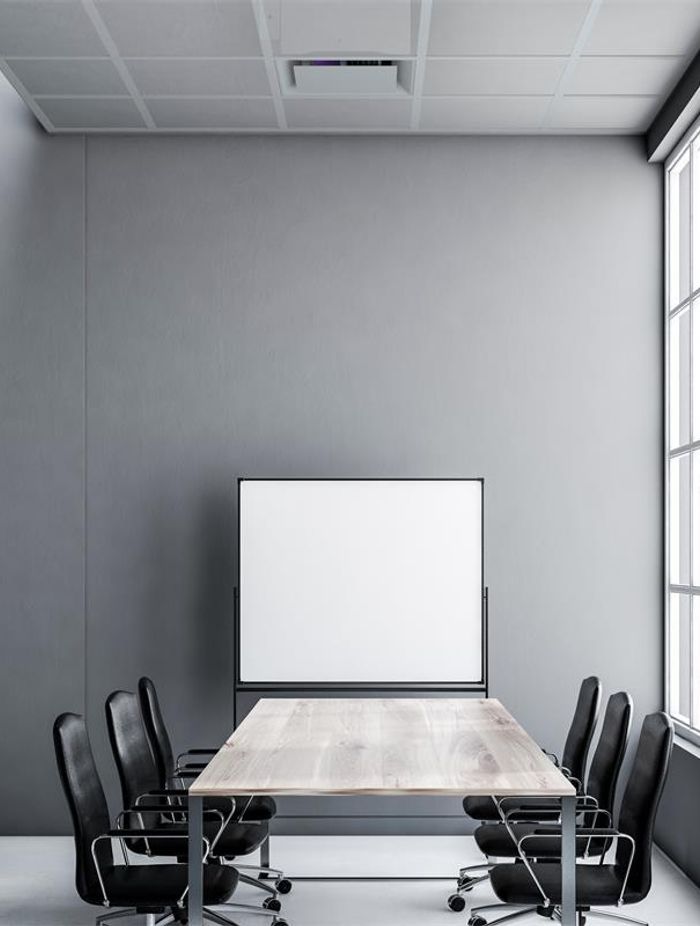The Kiwi-made ventilation systems cleaning our air and filtering out viruses
Written by
20 March 2023
•
4 min read

After three years of living in the shadow of a worldwide pandemic, many of us have learned crucial lessons – not only in protecting ourselves – but also in adapting to the myriad ‘new norms’ the virus has necessitated.
The pivot to remote and hybrid working models; the rise of contactless payments and deliveries; the prioritisation of quality indoor air ventilation – all are new behaviours and practices widely implemented throughout the world in Covid-19’s wake.
This third point is a particularly effective and proven means of preventing Covid-19 transmission. According to the Environmental Protection Agency, ensuring proper ventilation, especially in high-traffic areas, can not only help reduce the concentration of indoor airborne contaminants – like viruses – but also reduce surface contamination by removing some virus particles before they can land on surfaces.
Meanwhile, improved ventilation further benefits indoor air quality by reducing exposure to products used for cleaning and disinfecting potentially contaminated surfaces.
And those are just the upsides that concern the pandemic. Overall, the benefits are many, and the downsides are few – so what are the best ways to achieve a well-ventilated indoor space?

The rise of the ceiling air purifier
A good starting point is an effective ventilation system, says Matthew Pervan, Regional Manager of air management company Holyoake. One of the top-performing products at Holyoake is the ceiling air purifier, or CAP.
“It’s a diffuser installed in a ceiling designed to cycle indoor air through a hospital-grade HEPA filter,” says Pervan. “The filter is effective at eliminating unwanted air particles, dust and other particulates – including airborne aerosols like those containing viruses.”
The CAP also has a few options to further improve air quality over and above filtration through a pre filter and HEPA filter, UVC lamp killing viruses as they pass through the chamber prior to filtration, BiPolar ionisation is also available for a belts and braces approach to producing quality clean air.
Before the pandemic, these kinds of products were usually reserved for hospitals, clinics and other spaces in the healthcare sector where keeping the air free of contaminants is especially important. But following the early months of 2020, most spaces that see high traffic – offices, schools, gyms, and more – found themselves in need of these products to keep patrons safe and their doors open.
“The CAP moves air around the space, continuously cleaning the air as it passes through the HEPA filter,” says Pervan. “The CAP fan pulls the air through one side of the diffuser into the filtration system, through the pre-filter then through the HEPA filter – which traps particulates and the air comes out the other side of the diffuser clean.”

Protecting against Covid-19 and other illnesses
Products like these are particularly essential in spaces with a heightened sickness hazard attached to them – schools because of children's proclivity for the sniffles, and retirement homes because of the higher risk of serious illness if viruses are left to spread.
“Think about the scenario where someone visits their grandmother in their retirement village – they’re feeling faint symptoms of a cold coming on, but they think nothing of it and walk up to reception,” says Pervan. “Then another resident walks through that air, and you’re potentially looking at a serious infection.”

In an era where clean air ventilation is more important than ever, for many, Holyoake’s CAP has become an essential system – and the fact that it’s manufactured in Aotearoa is a major tick in its box.
“We brought this into the market because we saw a need for it,” says Pervan. “After the onset of the pandemic, there was an almost immediate demand for air filtration systems manufactured in New Zealand because it brings that immediacy that you don’t necessarily get with imported products.
“And on top of that, it works really well – it gives you an environment that is safe and healthy to be in.”
Learn more about Holyoake and its state-of-the-art air filtration systems.